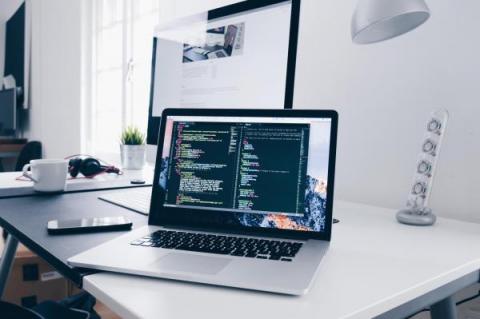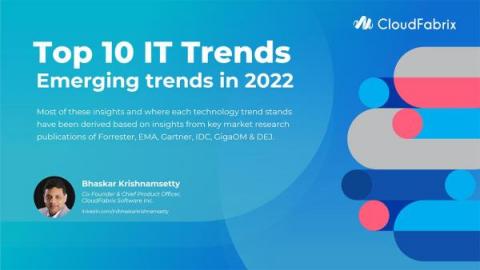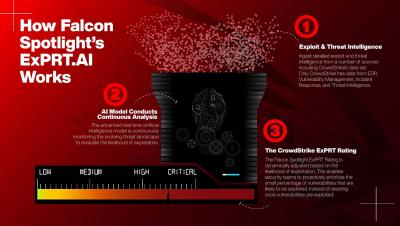Five worthy reads: The emerging threat of weaponized artificial intelligence
Illustration by Dorathe Victor Five worthy reads is a regular column on five noteworthy items we discovered while researching trending and timeless topics. In this week’s edition, let’s explore how artificial intelligence and machine learning are weaponized by hackers to fuel cyberattacks. AI and ML are conquering the world at a rapid pace. AI has made life much easier. In many instances, it speeds up manual processes, reduces costs, and eliminates manual errors.











